Traveling alone for the first time can be both thrilling and nerve-wracking. You’re stepping into new adventures, but it’s natural to feel anxious about safety and self-confidence. This guide is here to help you navigate those feelings.
This article will help you to:
- Learn how to create a safe and fun travel itinerary.
- Discover tips for staying alert and trusting your instincts.
- Find out how to connect with locals for better experiences.
- Get advice on packing smart and staying secure.
- Understand the importance of sharing your travel plans with someone.
You’ll discover practical tips that make solo travel safer and more enjoyable. From planning your itinerary to trusting your instincts, these strategies will empower you. Whether you’re a seasoned backpacker or a first-time traveler, knowing how to stay safe can enhance your experience.
Let’s turn those nerves into excitement as you set off on your journey. With the right mindset and preparation, you can confidently embrace this adventure.
Plan Ahead for a Safe Journey
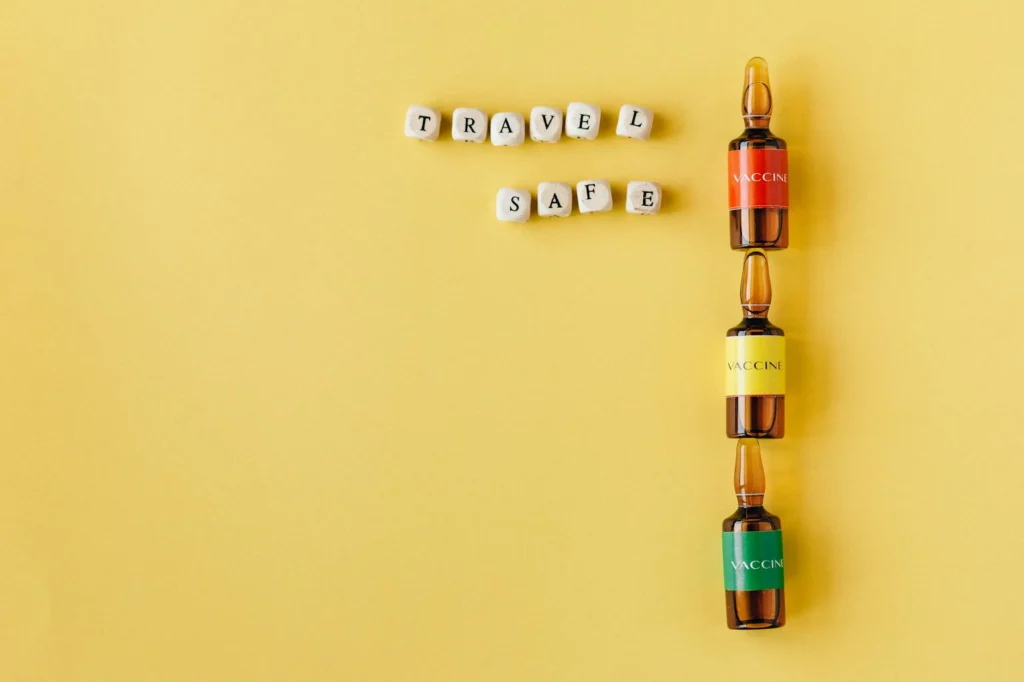
When you’re traveling alone for the first time, preparation is your best friend. Planning ahead helps you feel more at ease and ready to tackle any challenges that may arise. A few essential strategies can ensure your trip remains safe and enjoyable.
Research Your Destination Thoroughly
Understanding where you’re headed is crucial for your safety. Start by digging deep into the local customs and laws. This not only helps you respect the culture but also keeps you from accidentally breaking any rules. Knowing which neighborhoods are safe and which to avoid can be a game-changer.
Consider these steps to enhance your research:
- Read Travel Blogs and Reviews: Websites and blogs often provide first-hand accounts of traveler experiences. Look for updated information about any areas to avoid.
- Check Local News: Before you go, keep an eye on local news for any recent events or alerts concerning safety.
- Contact Locals: If possible, engage with local forums or social media groups. Fellow travelers or locals can give you insight on what to expect.
Book Safe and Reliable Accommodations
Choosing the right place to stay can significantly impact your safety. Look for reviews that specifically mention safety and security, as these can provide you with real insights into your potential accommodations.
When selecting where to stay, here are some tips:
- Use Trusted Websites: Stick to reputable booking platforms that offer detailed reviews.
- Look for Secure Locations: Prioritize accommodations in well-lit, populated areas. This can deter unwanted attention.
- Check Amenities: Look for features such as a 24-hour front desk, in-room safes, and good security ratings from other travelers.
Share Your Itinerary with Trusted Contacts
Letting someone else in on your plans can provide an extra layer of security. Sharing your itinerary isn’t just about check-ins; it’s about peace of mind for both you and your loved ones. Additionally, understanding how travel insurance fits into your safety plan is essential. Learn more in thistravel insurance guide.
Here’s how to implement this effectively:
- Outline Your Travel Plans: Include your flight details, accommodation addresses, and any key activities.
- Schedule Regular Check-Ins: Set up a timeline for when you’ll update your contacts. This could be daily or after significant changes in your plans.
- Use Location Sharing: Apps like Google Maps allow you to share your live location with a trusted contact. This feature can be incredibly reassuring.
By planning ahead in these ways, you can create a safer travel experience that allows you to focus on exploring and enjoying your adventures.
Pack Light but Smart
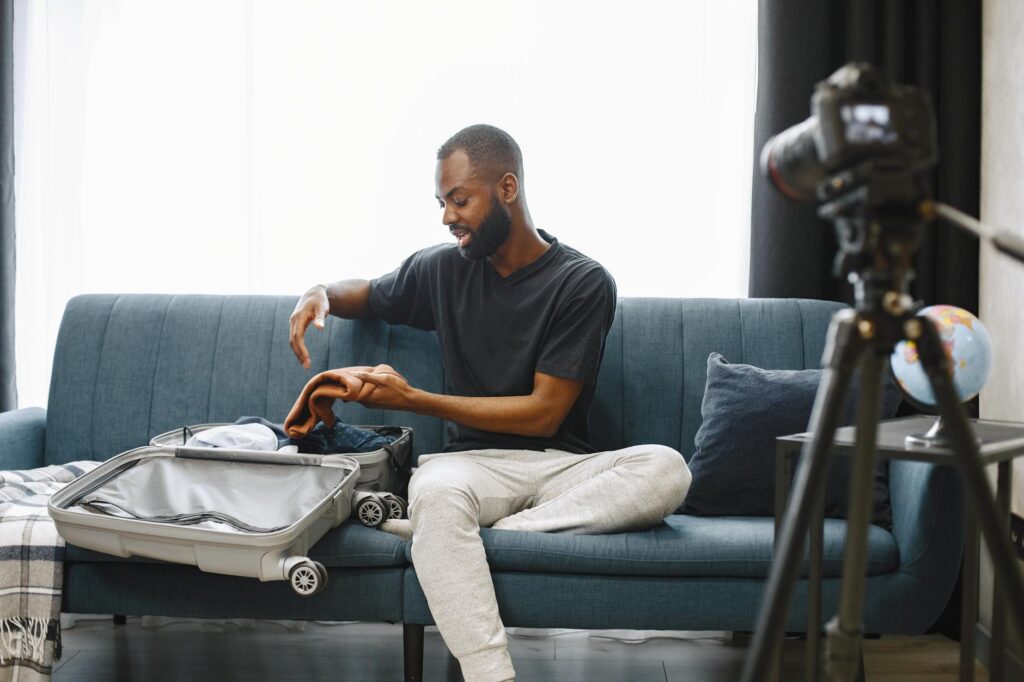
When you travel alone, optimizing your packing strategy is key. You want to ensure you’re not burdened by excess baggage while still having all the essentials for a safe and comfortable journey. Packing smart is not just about fitting everything into a small bag; it’s about knowing what you need and efficiently managing your luggage.
Essentials to Keep You Safe and Comfortable
Packing smart means including items that prioritize your comfort and safety. Here are must-have items that can make your journey smoother:
- Comfortable Shoes: You’ll likely be doing a lot of walking. Invest in a pair that offers good support. Whether you prefer sneakers or sandals, make sure they are broken in before your trip to avoid blisters.
- Portable Charger: Staying connected is essential for safety and ease. A portable charger keeps your phone powered so you can use navigation apps and keep in touch with loved ones. Look for one that can hold multiple charges to last through long excursions.
- Small First-Aid Kit: Accidents can occur anywhere, even when you’re on vacation. Pack a small kit with essentials like adhesive bandages, antiseptic wipes, pain relievers, and any personal medications. This will give you peace of mind.
- Travel Locks: Keep your belongings secure, especially in shared accommodations like hostels. Invest in a quality travel lock to safeguard your luggage and personal items, which will help deter theft.
These essentials not only enhance your comfort but also provide security as you navigate new environments.
Stay Organized with Minimal Luggage
Managing your bags efficiently can help you focus more on the adventure and less on the hassle of carrying luggage. Here are strategies to help you pack only what you need:
- Create a Packing List: Before you start packing, write down a list of items you’ll need. Stick to it to avoid tossing unnecessary items into your suitcase.
- Choose Versatile Clothing: Opt for clothing that can be mixed and matched. This means fewer pieces but more outfit options. Layering items can also help with adapting to various climates without packing too much.
- Use Packing Cubes: These can help you organize your belongings by category, making it easier to find what you need without unpacking everything. They maximize space and keep your items tidy.
- Limit Toiletries: Bring travel-sized toiletries or consider buying items when you arrive. Many accommodations provide essential toiletries, so check what’s available before you pack.
- One Bag Policy: If possible, stick to a single backpack or carry-on. Traveling light reduces the stress of moving from place to place. It simplifies airport checks and public transportation, allowing you to navigate with ease.
Managing your luggage and packing smart not only boosts your confidence but also enhances your overall travel experience.
Stay Connected and Secure While Traveling
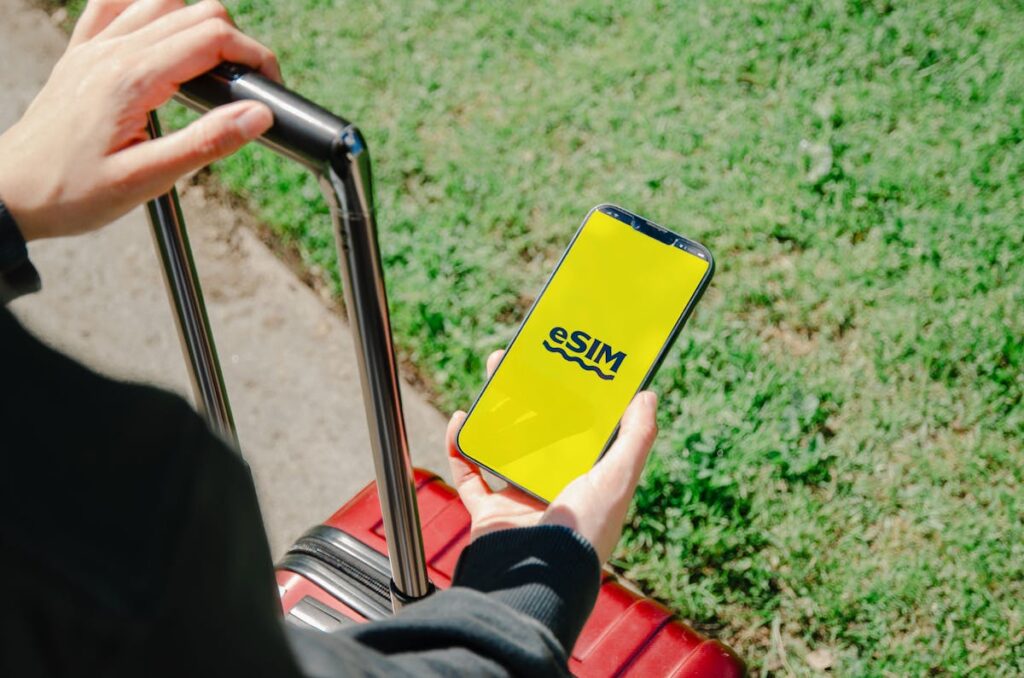
When traveling solo, staying connected is not just about sharing your journey on social media. It’s essential for your safety, navigation, and accessing important services. Here are some key strategies to remain connected and secure during your travels.
Get a Local SIM Card or Portable Wi-Fi Device
Staying connected in a foreign country allows you to access maps and emergency services immediately. One effective way to maintain communication is to get a local SIM card or a portable Wi-Fi device. Here’s why these options are ideal:
- Cost-Effective Communication: A local SIM card often comes with affordable data plans, making it cheaper to stay in touch with friends and family. You can easily make calls or send messages without racking up international roaming charges.
- Navigation Assistance: Mobile data lets you use GPS apps like Google Maps. This can be invaluable when navigating a new city or navigating public transportation.
- Access to Emergency Services: In case of an emergency, having a local number can help you reach authorities or local contacts quickly. It’s a lifeline you’ll be grateful for if situations arise.
If you’re not comfortable changing SIM cards, a portable Wi-Fi device can be a flexible alternative. These devices enable you to connect multiple gadgets simultaneously, which is perfect for sharing internet access with fellow travelers.
Be Aware of Your Surroundings
While technology is an essential tool, staying connected also means being aware of your physical environment. Here are some tips to keep you alert and safe while exploring:
- Trust Your Instincts: If something feels off, pay attention. Trusting your gut can help you avoid potentially risky situations.
- Stay Off Your Phone: It’s easy to get distracted by your device, but staying engaged with your surroundings is crucial. Keep your phone in your pocket or bag when walking in busy areas.
- Walk with Purpose: Moving confidently can deter unwanted attention. Whether you’re navigating streets or waiting for public transport, try to project confidence.
- Choose Safe Routes: Stick to well-lit and populated areas, especially at night. If you’re unsure about a location, ask a local or check a map before heading out.
- Carry Minimal Valuables: Only take what you need for the day. Keep your bag secured and avoid displaying expensive items, which could make you a target for theft.
By prioritizing connectivity and being vigilant, you enhance your safety and enrich your travel experience. Embracing these practices can empower you to navigate your adventures with confidence.
Final Thoughts
Embarking on your first solo travel adventure can be both empowering and transformative. With the right preparation, you can turn any initial anxiety into excitement. Embrace every moment, understanding that each experience shapes your journey.
- Share your plans on social media to get friends excited.
- Invite friends to join you on your adventure.
- Create a group chat to keep everyone updated.
- Ask for tips or recommendations from those who have traveled there.
- Plan a meetup with fellow travelers before you go.
Remember, your safety is paramount, but so is your enjoyment. Be open to new encounters and opportunities, as these interactions can enrich your travels beyond measure. As you prepare for your adventure, consider sharing your plans with friends or fellow travelers. This creates a sense of community, even when you’re miles from home.

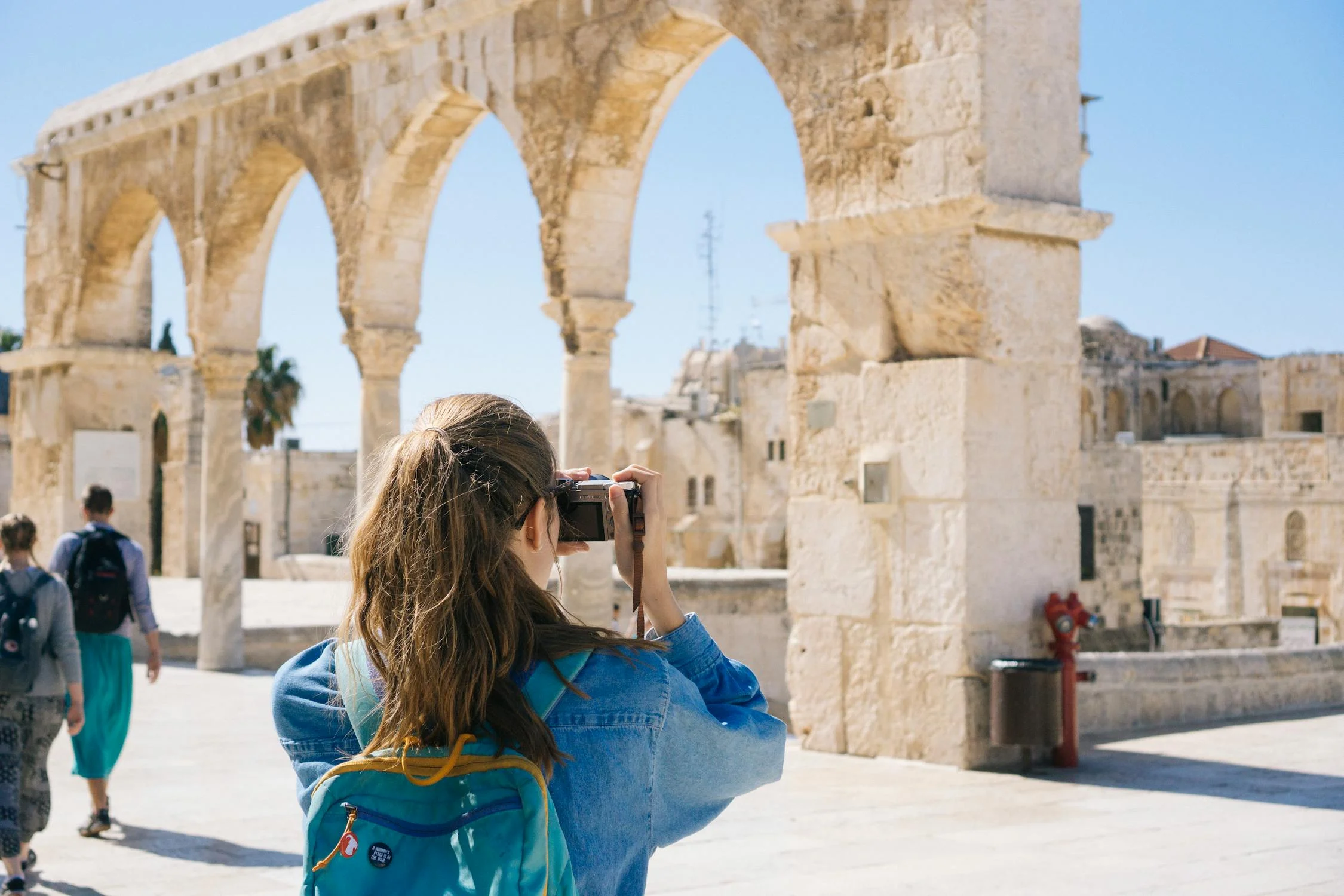


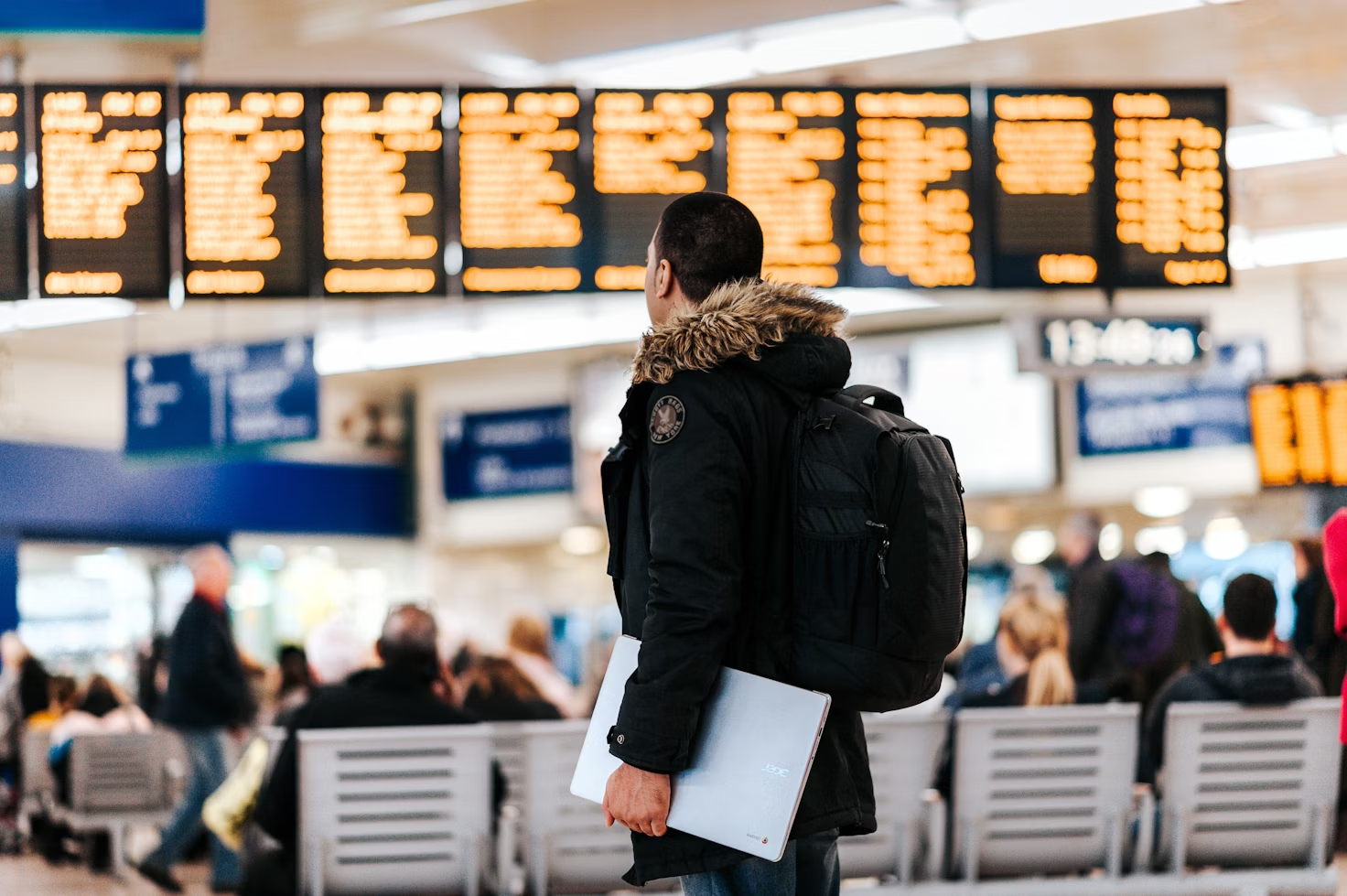

11 Responses
Hey TouristTales, got any tips for finding deals on safe accommodations? College budget here, but prioritizing safety. Thanks!
Packing light has always made my trips smoother. Roll your clothes to save space and always bring a portable charger!
Curious about the best portable Wi-Fi devices for travel. Any recommendations on brands or models?
Researching destinations is my jam! Love finding those hidden beach spots ahead of the crowd. Great tips!
Sharing my itinerary with someone always gives me peace of mind while I’m lost in a book in some remote place. Thanks for reminding us of its importance.
Any tips on staying organized with minimal luggage for business travel? It’s a challenge keeping suit attire wrinkle-free.
Being aware of your surroundings can’t be stressed enough. On my trip to Paris, paying attention helped me avoid a pickpocket near the Eiffel Tower.
Looking for safe and reliable accommodations for a family trip. Any places you’d recommend that are kid-friendly?
Planning my next backpacking trip now! The part about getting a local SIM is gold. Gonna make staying connected so much easier.
Totally agree on the local SIM tip! Also check out apps that help with language barriers. Saved me many times!
Exploring the history of a place truly enriches the travel experience. It’s like walking through a live museum. Always do your research before you go!